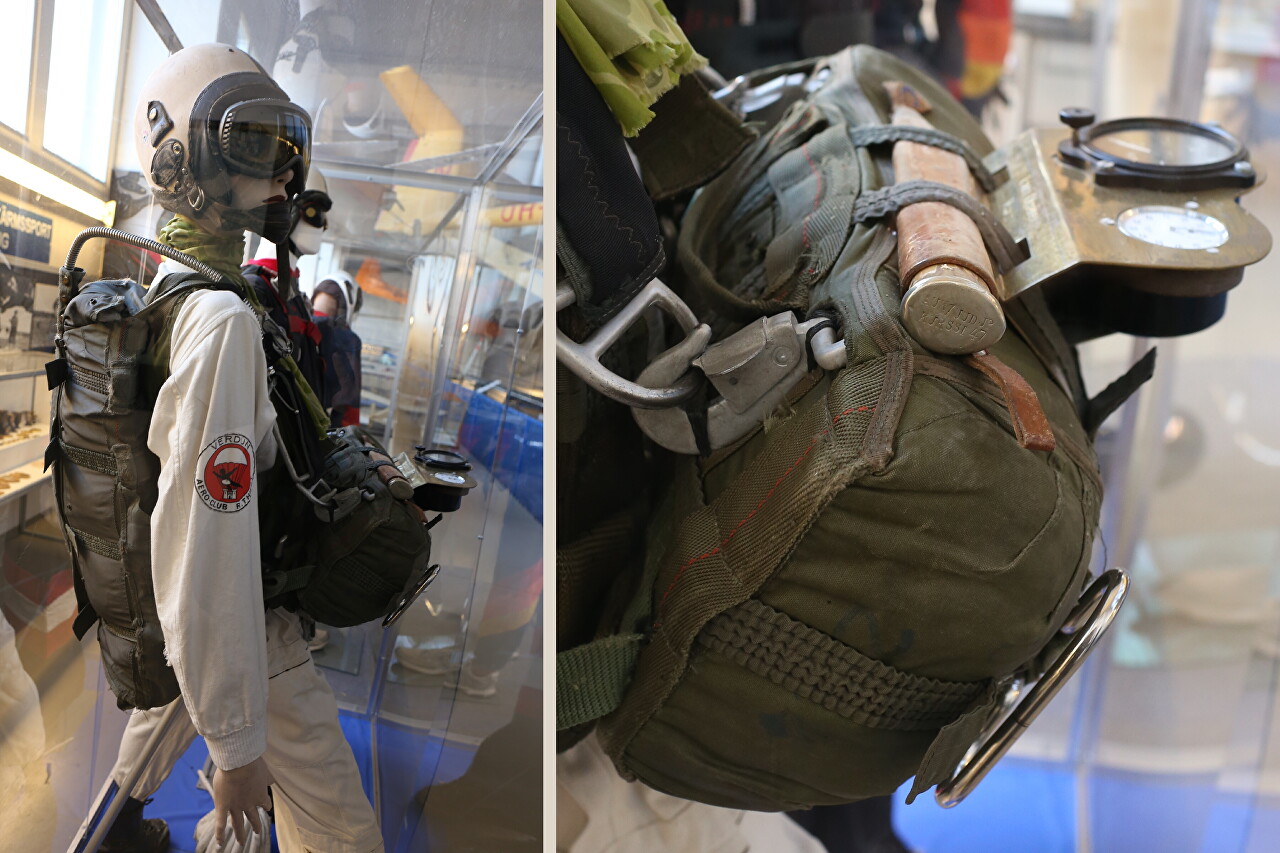Gliders in Vamtaa Museum
Gliding sports have a deep tradition in Finland, and non-motorized flight clubs were founded in the country in the 1920s. The museum has a large collection of gliders from different eras.
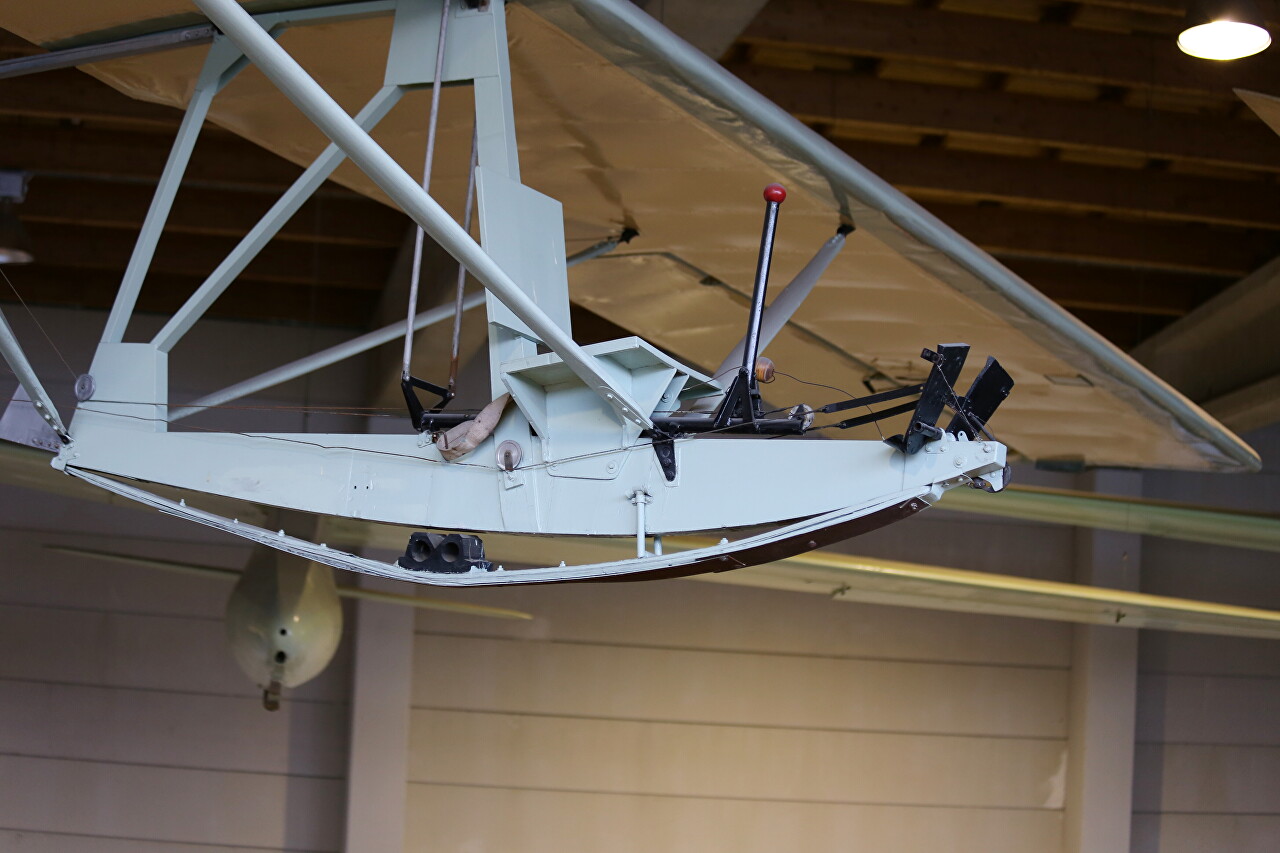
The Grunau 9 glider was designed by German designer Edmund Schneider and made its first flight in 1928. It was produced in a large series at a factory in the city of Grunau, for which it received its name. The first models had only a seat, the back with straps appeared a year after the start of production. Prior to this, during an emergency landing, the pilot often hit his head on the front beam, for which he received the nickname "Skull Splitter" (Schädelspalter).
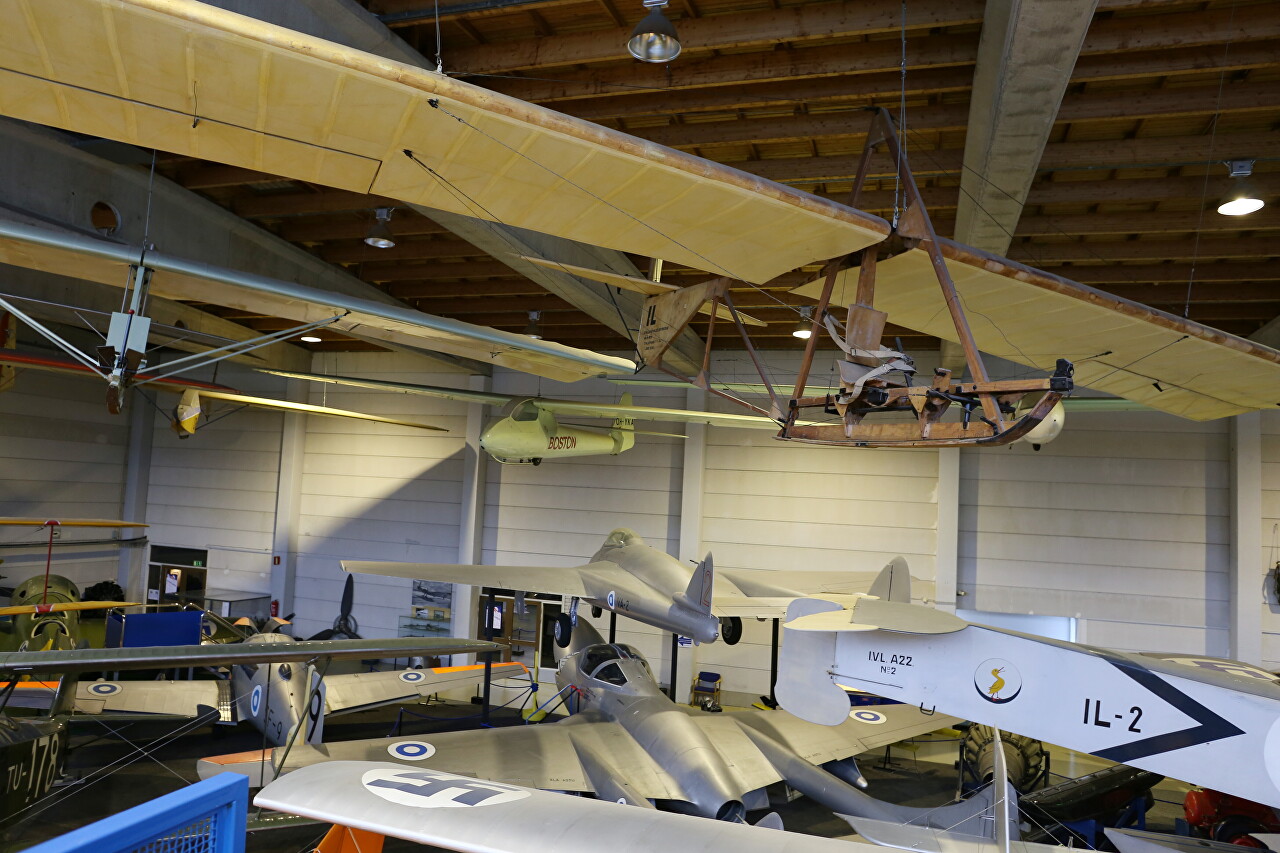
In 1931, Edmund Schneider, Wolf Hirt and Hugo Kromer developed the Grunau Baby glider with an elliptical wing, a fuselage with a closed cockpit. This contradicted the popular belief that the pilot must be completely open in order to feel the air flow. In 1932, an improved Baby II model appeared, which was mass-produced for the German Air Sports Association.
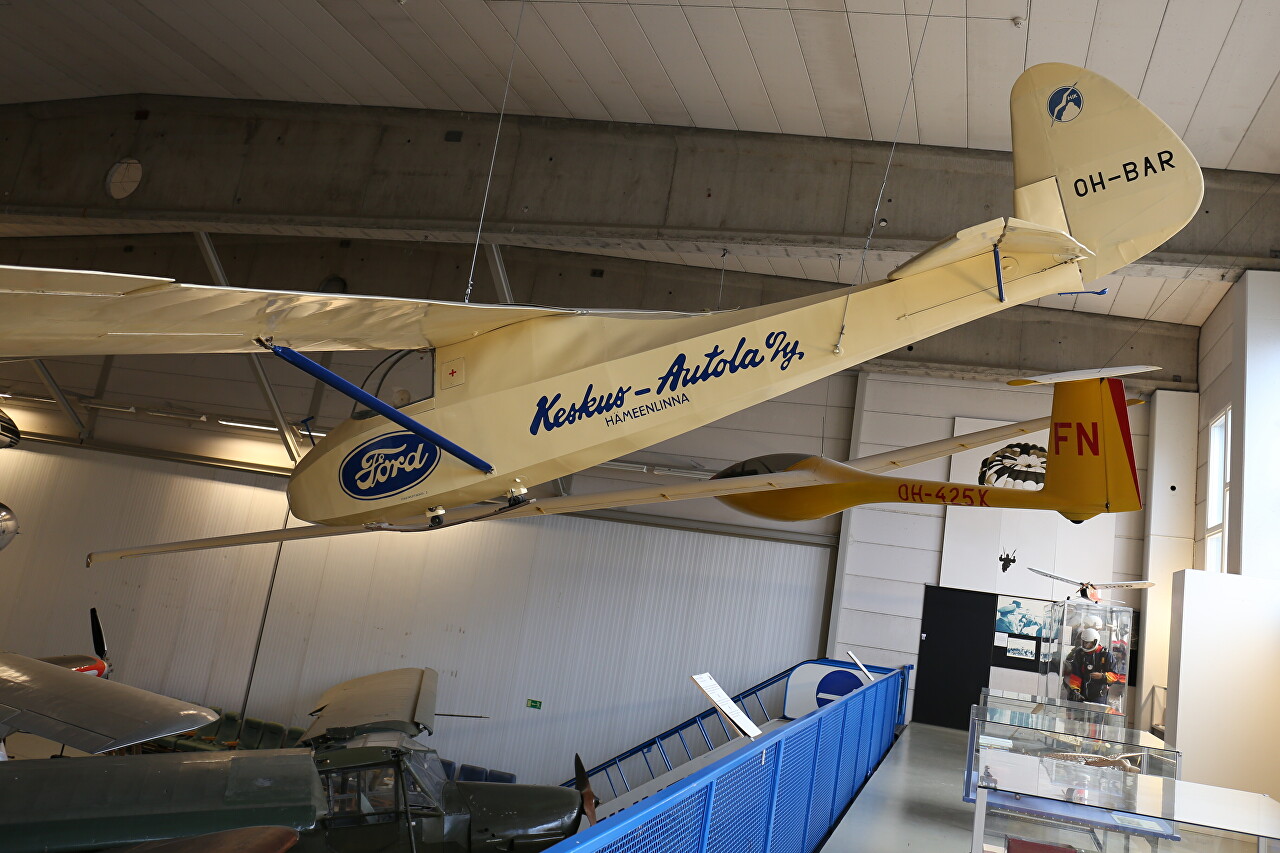
Thanks to its simple and very robust design, the glider is widely used all over the world. After the war, it was produced in Brazil and Poland, in total, more than six thousand units were built. In the 30s and 40s, it was the most popular glider in Finland. The museum presents a copy purchased in 1944 by the Hämeenlinnan Flying Club, where it was used until 1970, and in 1993 it was donated to the museum.
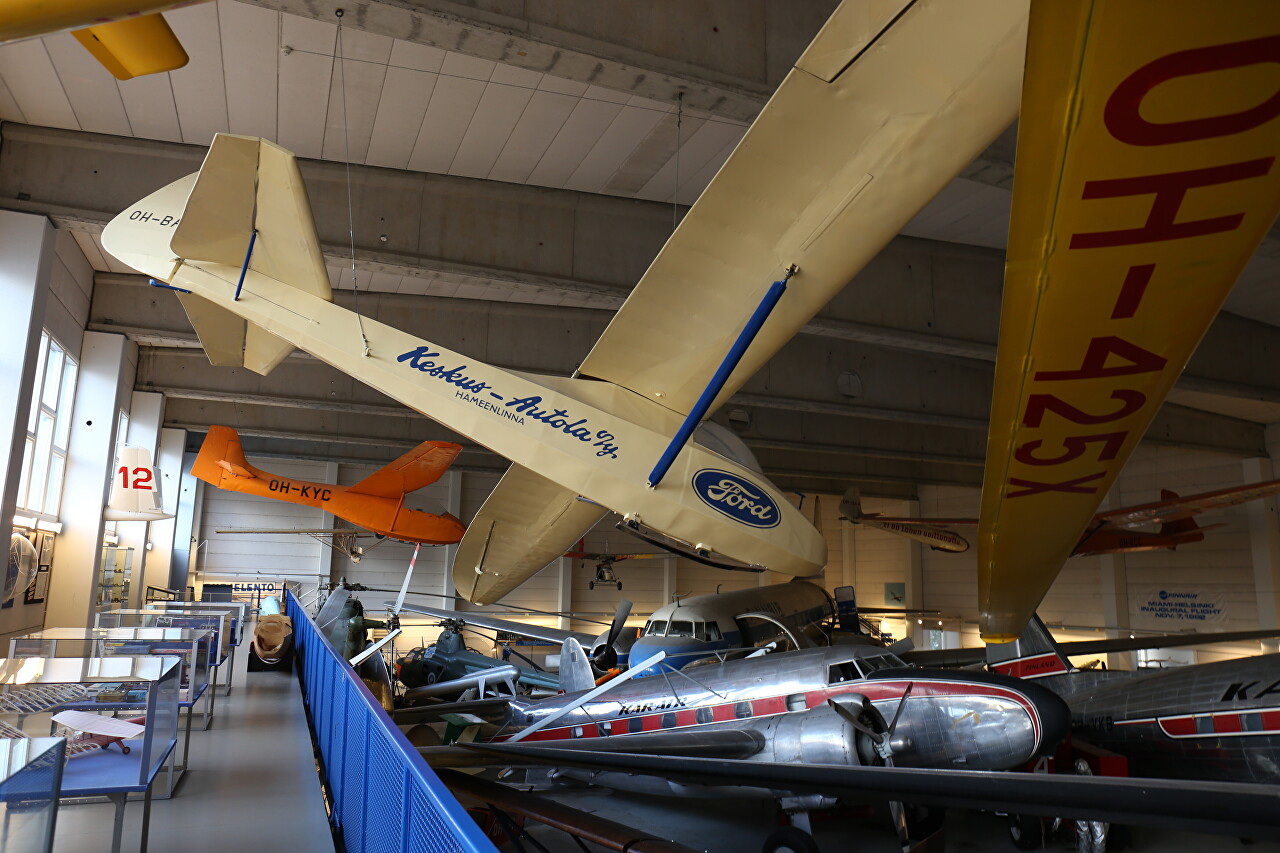
Schneider DFS 108-14 SG-38 Schulgleiter Glider (School glider) Designed by Schneider, Rehberg and Hofmann in 1938, it was commissioned by the National Socialist Flying Corps (NSFK) and played a crucial role in training pilots for the Luftwaffe in World War II.
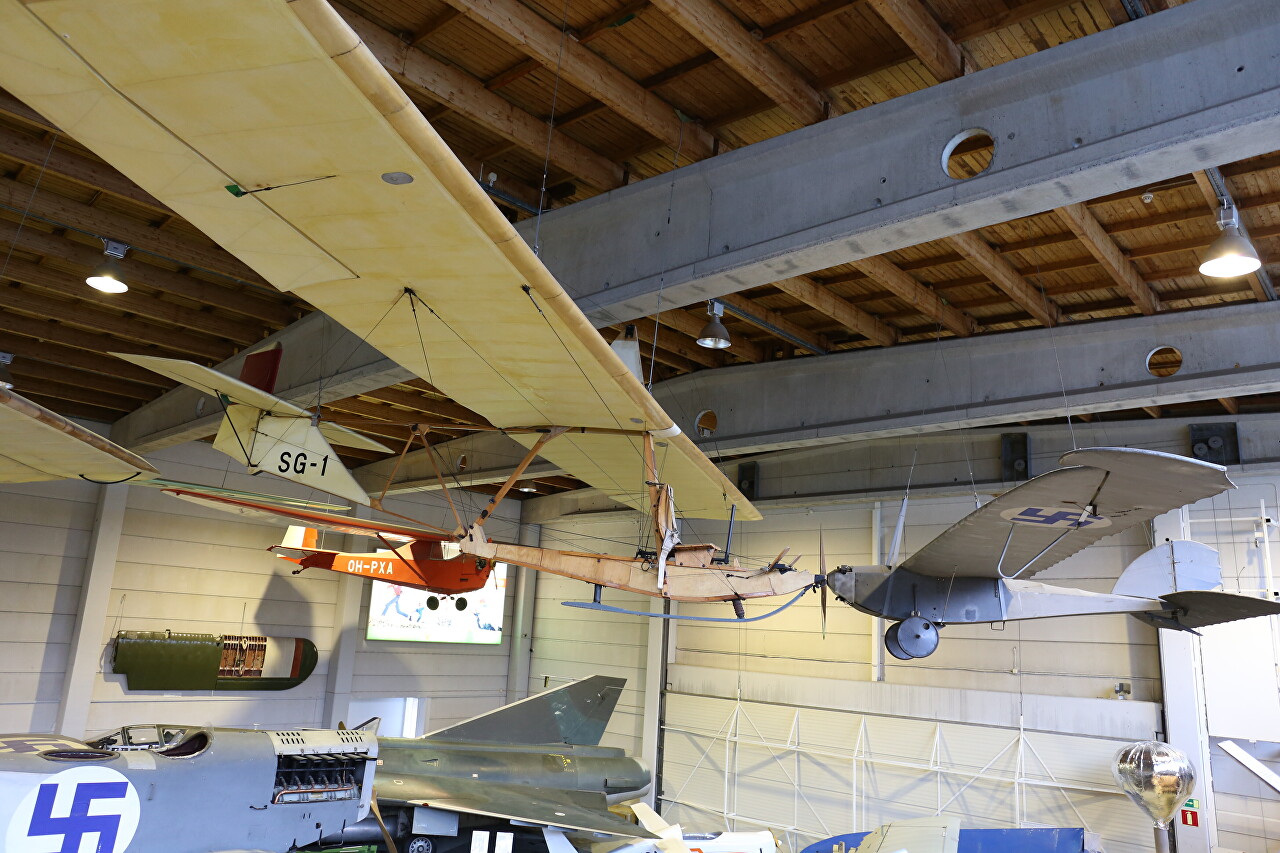
In 1948, the British company Elliotts of Newbury took the SG-38 design as a basis, built Eton TX. 1 gliders for the Royal Air Force. In 1949, the license for the production of SG-38 was bought by the Spanish company AISA, having built 50 copies.
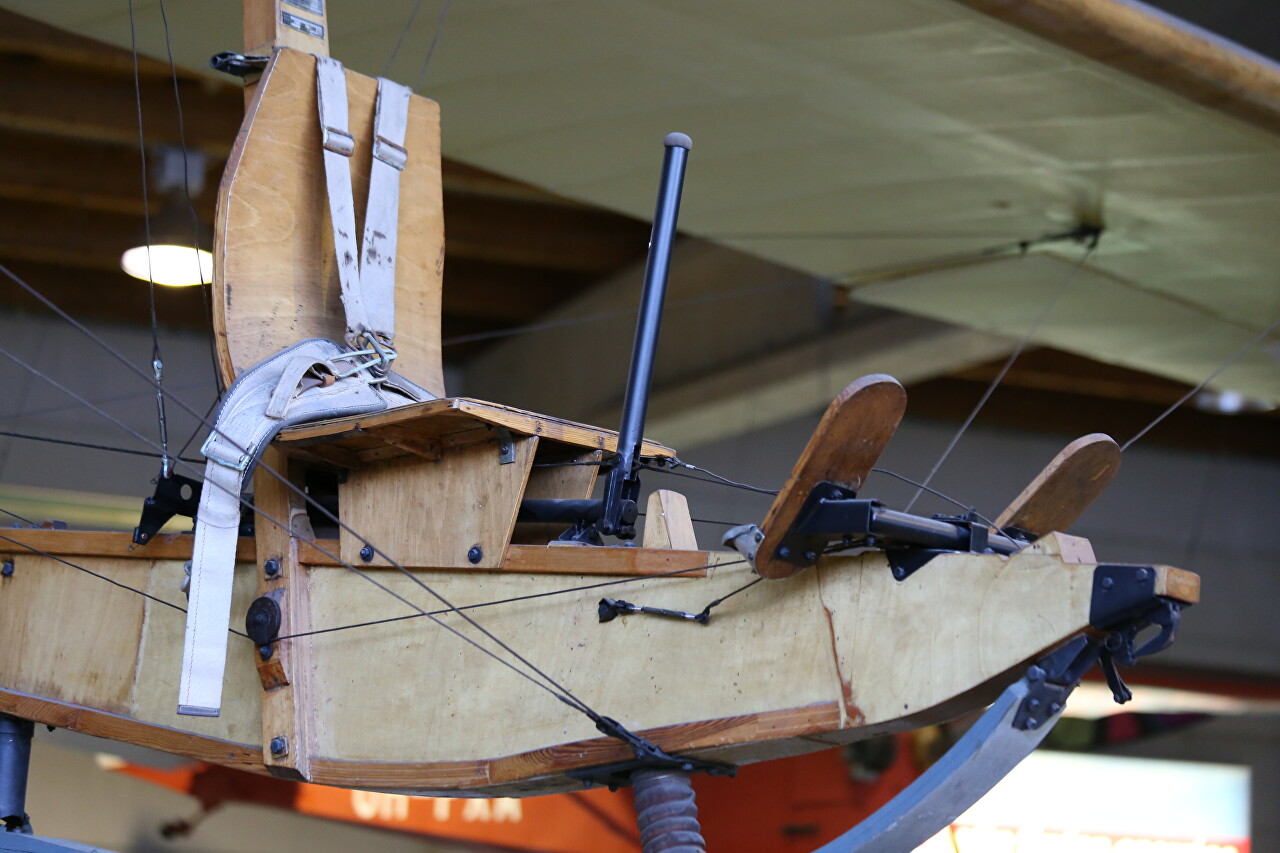
Harakka II H-65, the first Finnish glider developed in 1940, mass production began after the war, in 1945.
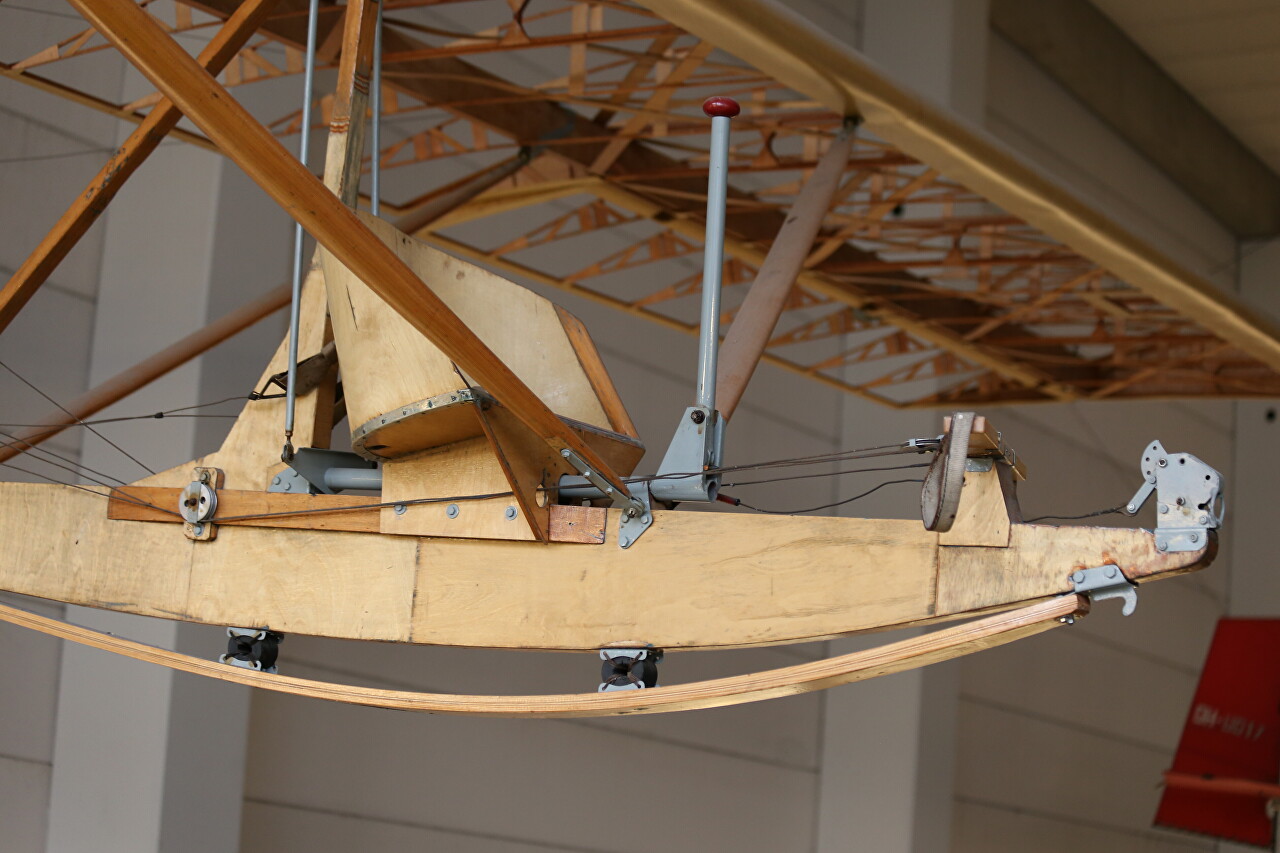
Motor glider PIC 10 Moottoribay Finnish production 40-60 years.
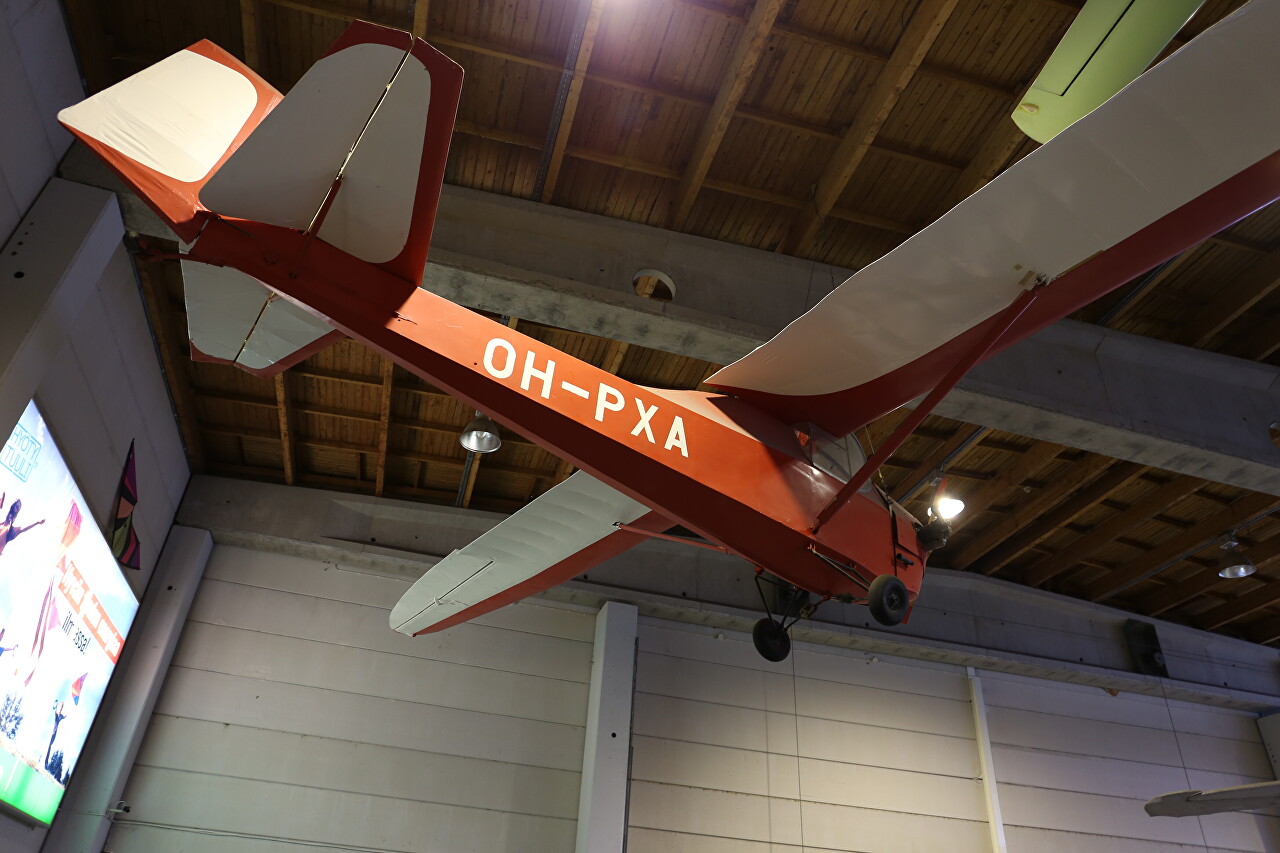
The structure of the fuselage of a post-war glider. Before the advent of light and durable synthetic materials, they were made of wood.

On the balcony of the civil aviation hall there is a small exhibition dedicated to parachuting, which is also popular in Finland.
